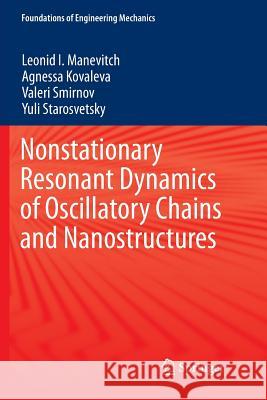Nonstationary Resonant Dynamics of Oscillatory Chains and Nanostructures » książka
topmenu
Nonstationary Resonant Dynamics of Oscillatory Chains and Nanostructures
ISBN-13: 9789811351952 / Angielski / Miękka / 2019 / 436 str.
Nonstationary Resonant Dynamics of Oscillatory Chains and Nanostructures
ISBN-13: 9789811351952 / Angielski / Miękka / 2019 / 436 str.
cena 403,47 zł
(netto: 384,26 VAT: 5%)
Najniższa cena z 30 dni: 385,52 zł
(netto: 384,26 VAT: 5%)
Najniższa cena z 30 dni: 385,52 zł
Termin realizacji zamówienia:
ok. 22 dni roboczych
Bez gwarancji dostawy przed świętami
ok. 22 dni roboczych
Bez gwarancji dostawy przed świętami
Darmowa dostawa!
Kategorie:
Kategorie BISAC:
Wydawca:
Springer
Seria wydawnicza:
Język:
Angielski
ISBN-13:
9789811351952
Rok wydania:
2019
Wydanie:
Softcover Repri
Ilość stron:
436
Waga:
0.63 kg
Wymiary:
23.39 x 15.6 x 2.36
Oprawa:
Miękka
Wolumenów:
01
Dodatkowe informacje:
Wydanie ilustrowane











